Each year, household plots of gardeners flourish with traditional combinations of gladiolus, roses, velvets and marigolds. However, sooner or later, I want to revive the usual picture of the garden with something unusual and beautiful. Transform the plot you can with the help of an amazing flower broken heart. The plant has both the official name - the dotentre, but the gardeners loved its integral and symbolic name. A broken heart begins to bloom in early spring and retains an incredibly attractive appearance until mid-summer. To see the plant in all its glory, it needs to be put correctly and carefully examine the rules of care. A brief guide to growing dotscentra you will find in the article.
The historical homeland plant is considered to be Japan, and residents of European countries got acquainted with him in 1816. Broken heart, a two-page, a heartbeck of Jaette - from a wonderful flower, whose buds really look like miniature hearts, many names. In the past, the plant could be found mainly in the palace gardens of aristocracy. Over time, he began to grow everyone. Bright colors and unusual appearance of flower buds provided him with universal recognition. Today, thanks to the painstaking work of breeders, there are many varieties of a broken heart, some of them - with very "speaking" names:
- solenitious dicentre;
- music dicentre;
- the dicentre is excellent;
- the dicentre is elegant.
It is the grade of a broken heart defines the future landing place. Thus, the majestic and high dicentra is magnificent, undoubtedly becomes the first violin of all songs, it always takes a central place in the ensemble of garden colors. The varieties are exceptional, elegant and excellent frequently framed flower beds, fill free space at the fence or along the border. The pristine beauty of the flower broken heart photo will not give, so we suggest you admire this wonderful creation of nature on the video:
Flower broken heart in the arrangement of garden landscape
Even gardener amatery will cope with the cultivation of a broken heart. The dtscentre manifested itself as a winter-hardy plant with a good immunity. In addition, it is easy to propagate and do not need to transplant often. The entire period of active growth broken heart retains high decorativeness:
- with the arrival of spring against the backdrop of openwork leaves, Narcissus, tulip, mouse hyacinth and other primroses will seem more than more than more;
- the blooming broken heart is no equal. It is unique in the original structure of its heart flowering;
- after completing the flowering, the peristracted foliage serves as a decoration to the first frosts;
- the dicentre is beautiful both in mono landing, and surrounded by other colors and shrubs within the frame of the flower beds, Mix Border or Rabata.
Flower landing broken heart
Broken heart - undemanding culture in care. So that there are no problems with the plant in the future, in the fall, look for it a suitable place and treat the Earth on this site. The dicentro does not embarrass the bright sunlight, but also on the islets, shaded by crowns of trees, it will feel good, so you will smash a new flower garden will not be much difficulty. We only note that in the shadow a broken heart will dissolve buds slightly later than in the sun.
Light and open place determines the appearance of the plant - it does not have too large branches and not very bulky foliage. In the shady places, the branches of the broken heart are stronger than developed, the flowers are distinguished by bold saturated shades and large sizes.
How to prepare the soil for a flower broken heart
The plot where the broken heart will be rolled in the fall, in the fall, it is necessary to dwell to 40 cm deeply. Heavy and thin land "facilitate", adding river sand or peat there - only this can be prevented by the development of rotes on the roots of the dotcentra. The soil should be well drained - the moisture of moisture is destroyed by the roots of the "cardiac" beauties.
In order for the spring flower quickly into growth, the soil fueled in advance. For this purpose, organic fertilizer is made in the ground (about 3 kg per 1 sq. M. m.) And mineral - any universal composition for garden colors (15-20 g per 10 liters of water). When a young plant is burning in a new place, it feeds it for another 3 - 4 times - it will prepare a broken heart to the brown blossom.
How to plant a flower broken heart
By spring, the soil will be fully ready for planting plants:
- drop on the selected territory small wells at a distance of 35 cm from each other;
- lose 2 - 4 parts of the plant in each hole;
- pull the holes of the earth and lose the soil slightly;
- fresh-covered bushes Pour the water preheated in the sun.
On a well-selected fertile plot, the flower broken heart is growing rapidly, struck by abundant blossom, and the next 5 years in the transplant does not need.
Flower Care Broken Heart After Landing
We give several recommendations for the care of a young plant after landing. The soil around the flower is a broken heart should not be blocked, otherwise its roots will not receive life oxygen and moisture. Therefore, after watering or rain, the land on the plot with this plant should always be loosened. Do it carefully and slowly - the dotcuters have a very gentle root system. Pour and loosen the soil is best small forms with widely located teeth - then the roots of the broken heart will remain safe and preservation. In the spring, the soil after loosening is mulched by humus to keep moisture.
Despite the fact that the broken heart - the flower is completely not capricious, care for it (good lighting, watering and loosening, weeding) requires regularity. Also, the gardener must be taken into account the following practical recommendations:
- For the second year after landing, the root plant of the plant develops so much that part of the roots is exposed. They must be hidden, by adding the required amount of soil under the bush.
- So that the buds of the broken heart turn into flowers, breathtaking, with the arrival of spring, a plot with a plant enriched with superphosphate. In the period of active bloom, you will need another 3 - 4 such feeders.
- For a successful and rapid bookmark of new kidneys Flower broken heart needs to fertilize nitrogen-containing mixtures. They can also feed the plant after the completion of flowering.
- With a sharp cooling and winter for the plant, you need to protect against nonwoven material. Sawdust or peat for insulation are categorically not suitable - under such a heater, a broken heart may suffocate. In the southern regions, the plant for winter is not covered.
- From faded brushes during flowering you need to get rid of it. This will help the plant to bloom longer. To "program" some types of broken hearts (for example, a gorgeous dicenter) on re-blossom, the blossoms are cut at a distance of 10 cm from the ground.
- In the fall, before the onset of cold weather, the above-ground part of the flower is completely cut off, leaving only the penets with a height of about 5 cm.
- A broken heart responds with gratitude to feeding. In the spring, the plant with a plant is mulched by manure or humus with the addition of superphosphate mixture. In the period when buds are laid, as well as when flowering begins, the broken heart fertures the second time. With the arrival of autumn, after the dotter flies bloom, it is watered with the infusion of a cow in proportion 1 to 10.
Applying these simple tips in practice, you will enjoy the spectacular blossom of a broken heart whole summer.
Flower breeding broken heart
The garden perennial breeds vegetatively: with the help of cuttings or through the division of the bush. The seed method is not practicing - it is a complex and costly occupation. And even if you still wait for shoots from seeds, a broken heart, grown in such a way, will be able to bloom only after 3 years. Seeds are seeded shortly before the arrival of winter and protect the shelter from the film or Loutrasil.
The most convenient to multiply the flower broken heart dividing the bush. In addition, it is very practical, because actively developing copies must be subjected to such a procedure every 3 to 4 years to stimulate their growth. The bush is digging very carefully: the fragile root system of the dotcentra is easy to damage. Before proceeding with the roots, they are slightly imported. Each delane leaves 3 to 4 escapes that in the future will allow it to turn into a large and lush bush.
If it is decided to propagate the broken heart by the method of shifting, then the cuttings are collected in the spring. For this, strong and healthy shoots with a height of about 10 - 15 cm are cut off with a sharp blade at the very base. Then the planting material is provided by greenhouse or greenhouse conditions for rooting. Young specimens of dicentars plant in the garden for next year.
Note! Broken heart is a poisonous plant. For a person, all of its parts are dangerous. Contact juice dicentars with skin leads to severe irritation and burns. Do not forget to wear gloves before working with a flower.
Rules for the breakdown of a broken heart at home
A beautiful plant can be an unusual gift for a loved one - a broken heart is well distinguished at home.
In the fall, dig a plant, transplant a bush to a pot and entertain into a cool room. A broken heart must be left there until January: in special care the flower does not need it, it only needs to occasionally water. In January, stop the pot with a bush in a warmer room (about +8 ◦C) and start more often and plentifully water. This trick will force a resting plant to move into growth and throw a sprout. After the appearance of the sprouts, the broken heart put in a well-lit and warm place with a temperature of up to +20 ◦C, provide regular and abundant irrigation. Every 2 weeks or a little more often, the plant fertilizes complex compositions for stimulating flowering of indoor plants. The broken heart will acquire buds in February and will bloom until April. In the late spring "homemade" plant can be planted in the garden.
Pest and Flower Diseases Broken Heart
A cute flowering plant only seems fragile and vulnerable - in fact, he has steady immunity to any kind of diseases. But if you deprive a broken heart of favorable conditions for growth and flowering, it, of course, will weaken and can get sick. Consider the main troubles with which a gardener growing, growing a broken heart be faced:
- The annular spot affects the plant more often than other diseases. Traces of viral disease are found mainly on adult copies of the dotcentra: light spotted and ring "patterns" are clearly visible on the flower sheet plates. Unfortunately, effective measures to combat this problem do not exist, so the sick bush is better to completely destroy to protect against the plant's virus next door.
- The tobacco mosaic virus also very "loves" to annoy a beautifully blooming plant. Signs of the disease are as follows: The surface of the leaves changes the green color to the marble color, and the edges of the leafy plates are strongly deformed. As in the case of ring spot, from patients with instances it is better to get rid of immediately.
- If the broken heart strikes mycoplasma, it will indicate the green painting of its flowers. With total damage, the flowers are not formed at all. The flowerons are very deformed, the color of foliage fills and lighter, and growth is largely slowed down.
To protect the flower broken heart from diseases, you need to protect the main decoration of the garden from insects - carriers of these diseases. Cycades and troubles represent a greater danger. Insecticides are used against them (for example, actara, phytodeterm, biothelin).
Another more than a serious problem in the struggle for the health of the dotscentra are bear. Argious insects destroy the roots of the plant, so much damaged restoration bushes are not subject to - they quickly fade and die.
You can assume the presence of a bear in the soil in a small mink in beds - there are insects there eggs. The larvae is done in the ground new moves and quickly spread throughout the plot, damaging seeds and underground parts of plants. To combat the Medveda, you need to act comprehensively:
- enable in presumptive places of cluster bear traps with bait;
- sprinkle a plot with mink insect crowded eggshell;
- to protect the perimeter of the plot of phytoncide plants - their smell is unbearable to the Medveda. It is suitable notes, parsley, garlic, chrysanthemums, velvets;
- use infrasound and ultrasound dischargers (cleaning - 3, ecosneper);
- treat the soil with chemicals (Medvetox, Bovterin, Grizzly, etc.)

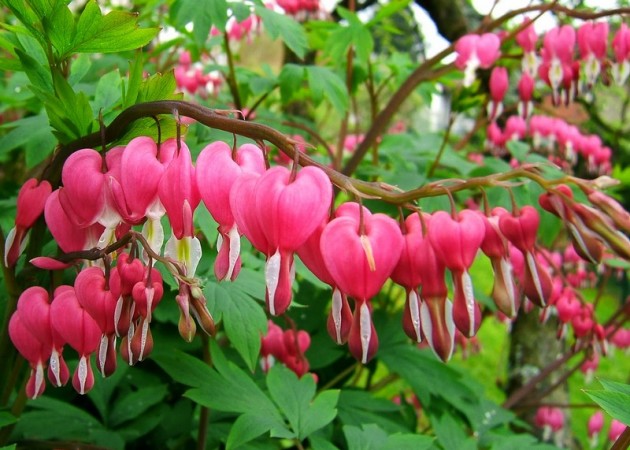
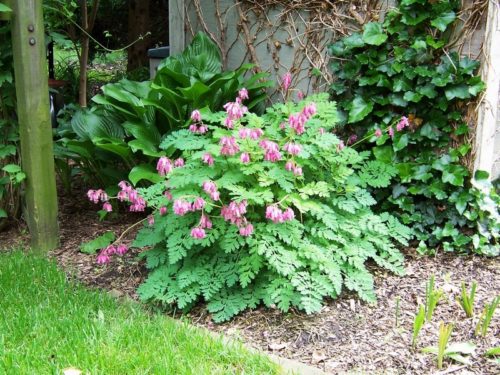
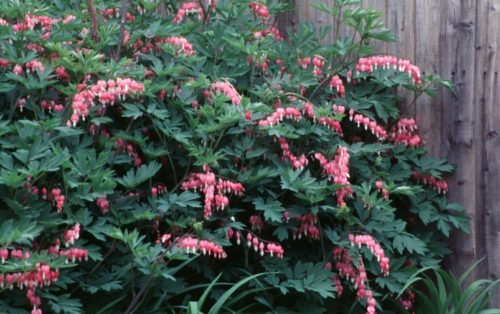
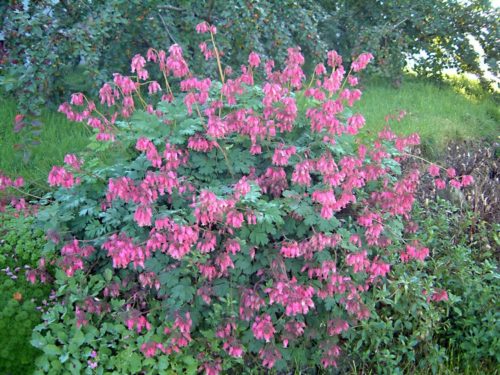
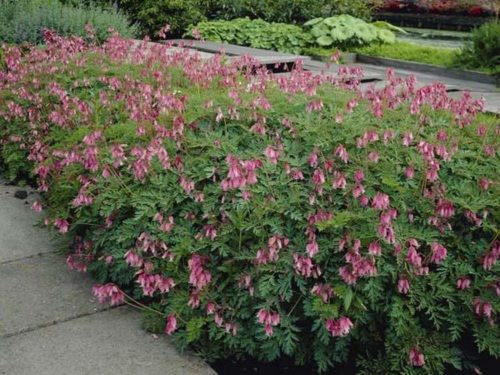
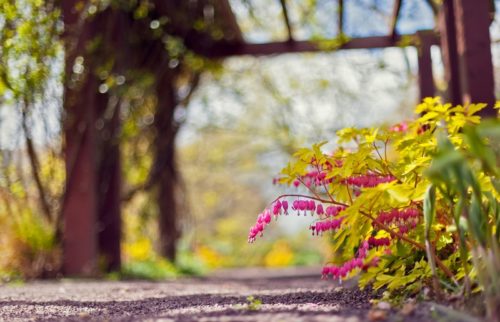
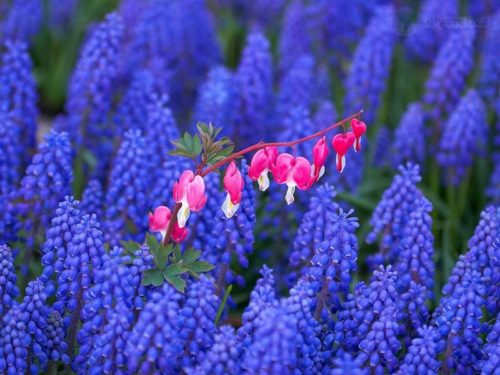
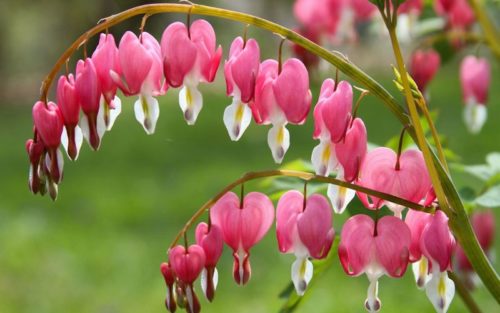
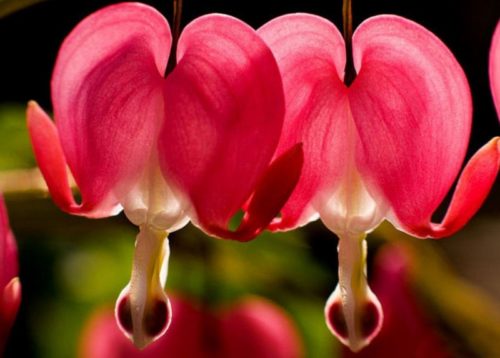
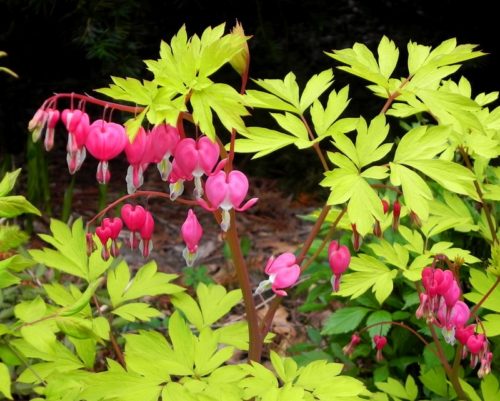
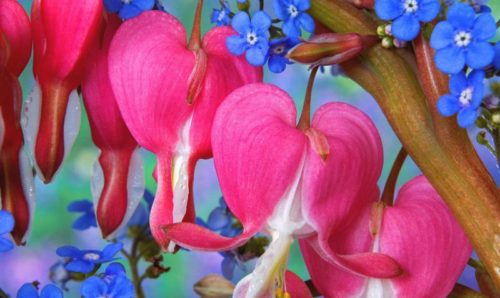
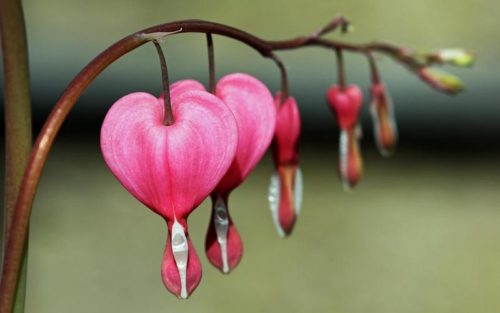
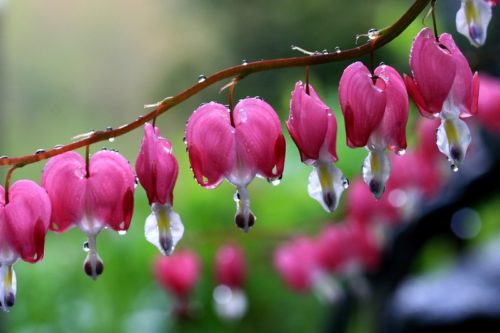
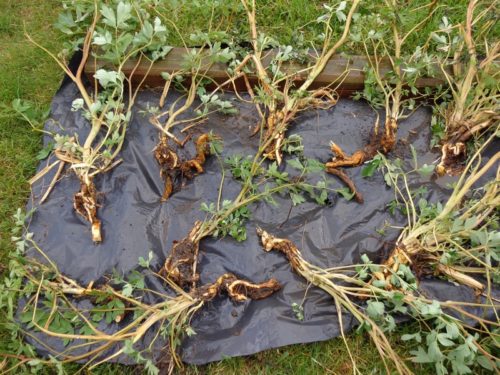
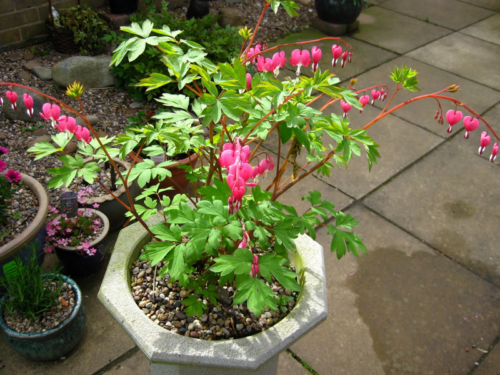
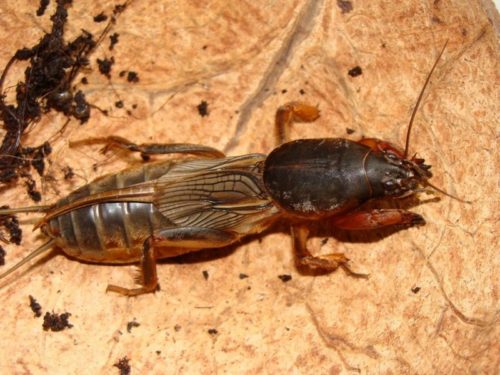












 Start a discussion ...
Start a discussion ...